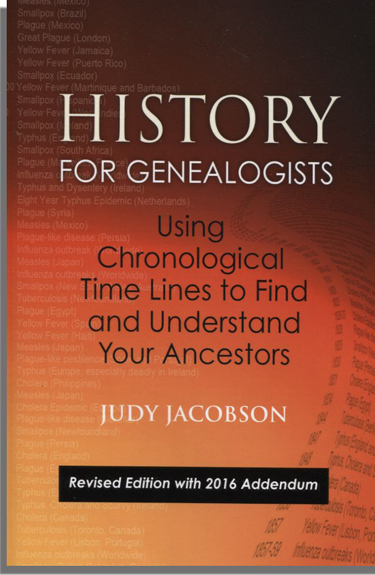This summer, my favorite in-laws (in my husband's family tree) are the Cornwell family, a multigenerational family of silversmiths/watchmakers/jewelry store proprietors.
Asenath Cornwell (1808-1897) married James Larimer (1806-1847), my hubby's 3d great-grand uncle. As I posted a few months ago, Asenath was widowed early and made the bold decision to go to the Gold Rush with her brother, John Cornwell, in 1852. Brother and sister wrote journals of their journey and experiences. The journals are fascinating first-person accounts of that time and place.
John Cornwell (1812-1883) was a lifelong jeweler, watchmaker, and silversmith. He understood the value of gold and was sorely disappointed not to find very much during his Gold Rush years. No doubt his family was disappointed as well, since his wife and children remained in Athens, Ohio, when he was panning for gold in California. Occasionally John put gold dust into a letter for his wife Ann, but he never struck it rich.
Returning to Athens in 1856, John opened the jewelry store that successive generations of Cornwell descendants operated until 2019. As shown in the Census lines at top, John's occupation in 1860 was watchmaker, in 1870 it was silver smith, and in 1880 it was jewelry (creatively spelled).
John's son David Coleman Cornwell (1844-1938) served in Company B of the 141st Regt of the Ohio Volunteer Infantry during the US Civil War. After the war, he followed the family trade, becoming a silversmith and jeweler. Retiring in his 60s, David was already twice widowed.
Still, he couldn't stop thinking about a young lady he used to know from Athens, Ellen Jane Sams (1855-1938). Somehow David tracked her down in Illinois, according to a news report in May of 1909, discovered she too had been widowed, and quickly proposed. They were happily married for 29 years until Ellen's death in 1938. David died just a few months later.
With colorful stories like these, you can see why the Cornwell in-laws are my summer favorites.
"Tradesman" is Amy Johnson Crow's genealogy prompt for this week in her #52Ancestors series.


















